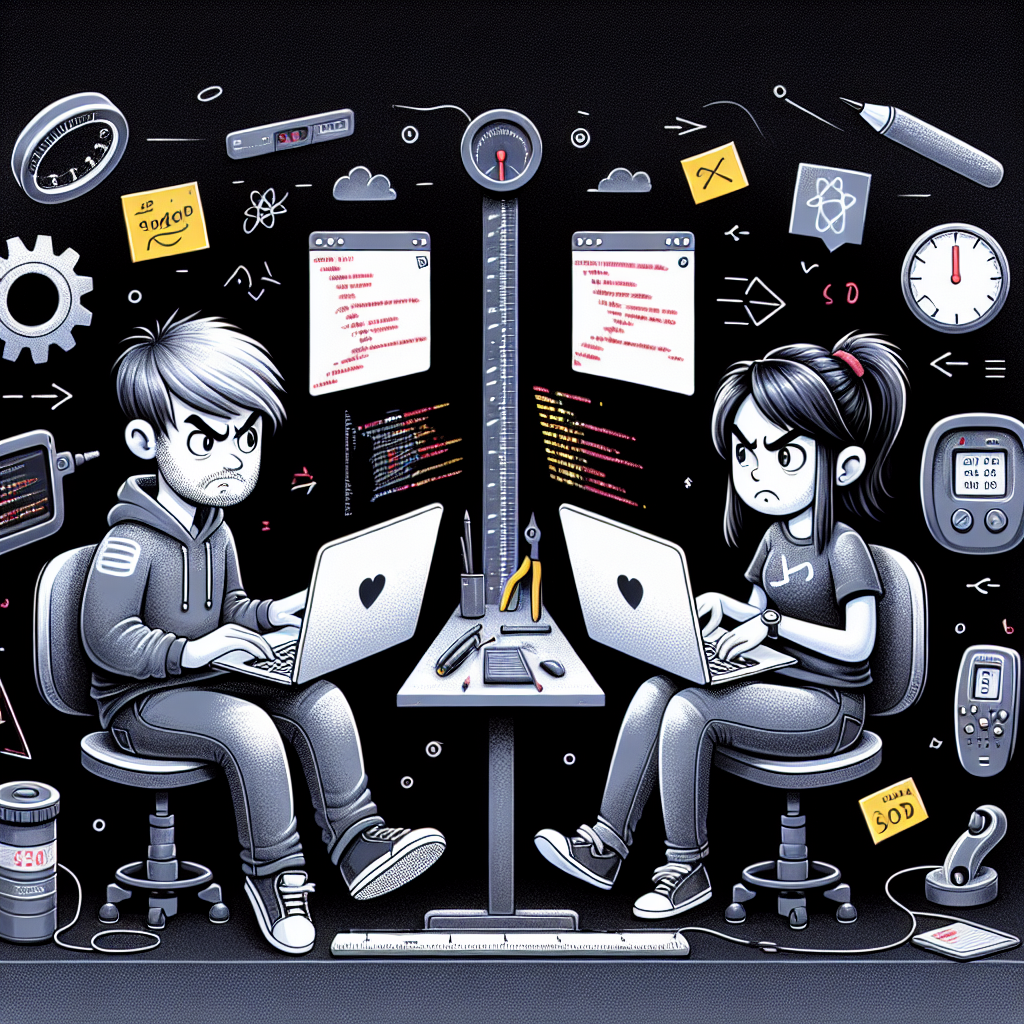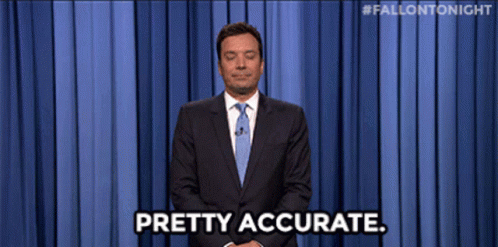How to Balance Speed vs Accuracy in Problem-Solving
Understanding the tradeoffs between speed and accuracy, and strategies for pulling off the balancing act.

Ah, the age-old dilemma of speed versus accuracy—it's the eternal tango of getting things done fast without botching them up. Whether you're a software engineer racing against a deadline or a doctor making a split-second diagnosis, the tug-of-war between speed and precision is a daily struggle. Let’s dive into this conundrum and uncover strategies to dance gracefully between these two seemingly opposing forces.
🔑 Key Takeaways 🔑
- Speed vs. Accuracy: Understand the trade-off and its significance in various fields.
- Influencing Factors: Recognize what affects your ability to balance speed and accuracy.
- Psychological Phenomena: Familiarize yourself with cognitive biases that sway decision-making.
- Balancing Strategies: Implement practical strategies to optimize both speed and accuracy.
What is the Speed-Accuracy Trade-Off?
At its core, the speed-accuracy trade-off is a psychological and decision-making principle where increasing speed often leads to decreased accuracy, and vice versa. Think of it as the "you can't have your cake and eat it too" of problem-solving. As you rush to complete a task, the likelihood of errors increases. Conversely, focusing painstakingly on getting every detail right usually takes more time.
Why is Speed vs. Accuracy Important?
This trade-off rears its head across numerous fields:
- Medical Diagnosis: Quick decisions can be life-saving, but one wrong move and you're diagnosing a broken leg when it’s actually appendicitis.
- Financial Trading: High-speed trading can net millions or lose them in a heartbeat.
- Software Development: Rapid coding might get you to the finish line faster, but if your code resembles a digital Jenga tower, it’s game over. Dive deeper into strategies with our guide on effective problem-solving steps.
Factors Influencing the Speed-Accuracy Trade-Off
Several culprits are responsible for tipping the scales:
- Time Pressure: The ticking clock is the classic villain, nudging you to prioritize speed. Learn how to manage this with our article on problem-solving under pressure.
- Cognitive Load: Complex tasks can overwhelm your mental CPU, pushing you toward a hurried and often erroneous solution. Consider breaking down complex problems to ease the load.
- Expertise: Veterans of the trade can juggle speed and accuracy better than rookies, who are still figuring out which end is up.
- Motivation: Whether it's the thrill of the task or the carrot on the stick, motivation plays a role in prioritizing speed or accuracy.

Interesting Facts
- The "Zeigarnik Effect": Ever wonder why you can’t stop thinking about that one undone task? It’s because uncompleted tasks stick in your mind, potentially leading you to rush to completion.
- The "Pareto Principle": This rule suggests that a small amount of effort can yield significant results. Handy, but risky if accuracy goes out the window. Explore critical thinking to balance effort and outcome.
- The "Gambler's Fallacy": Believing you’re due for a win just because you haven’t had one in a while can lead you to make hasty, inaccurate decisions.
- The "Hindsight Bias": The “I-knew-it-all-along” mentality can make you second-guess your speed-focused decisions, believing you should have predicted outcomes accurately.
Strategies for Balancing Speed and Accuracy
Now for the practical stuff. Here are some strategies to walk the tightrope between speed and accuracy:
- Break Down Complex Problems: Tackle tasks in smaller bites to keep your mental workload manageable and your accuracy intact. Check out our tips on breaking down complex problems.
- Use Heuristics: Employ shortcuts like the “good enough” principle to speed up decision-making without letting accuracy fall by the wayside.
- Practice Active Learning: Engage with material actively—summarize, draw diagrams, or teach others—to enhance understanding and reduce errors.
- Use Technology: Lean on technology like calculators or coding tools to enhance both speed and accuracy. It's like having a digital wingman. Discover more in our section on tools for efficiency.
In conclusion, the dance between speed and accuracy is all about knowing when to lead and when to follow. By understanding the forces at play and adopting smart strategies, you can excel in problem-solving and decision-making without stepping on your own toes. So, next time you face this dilemma, remember: It's not about choosing sides; it's about striking the perfect balance.




